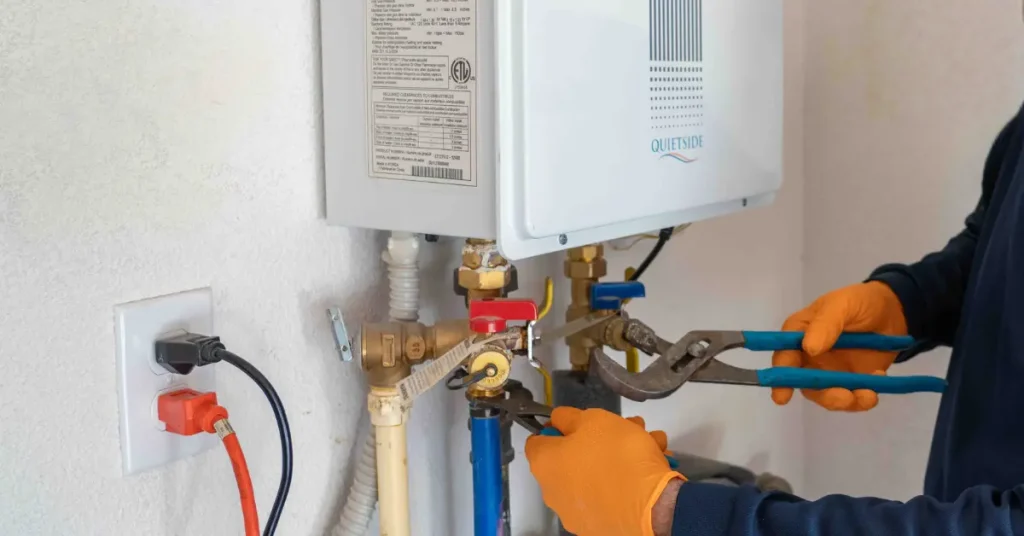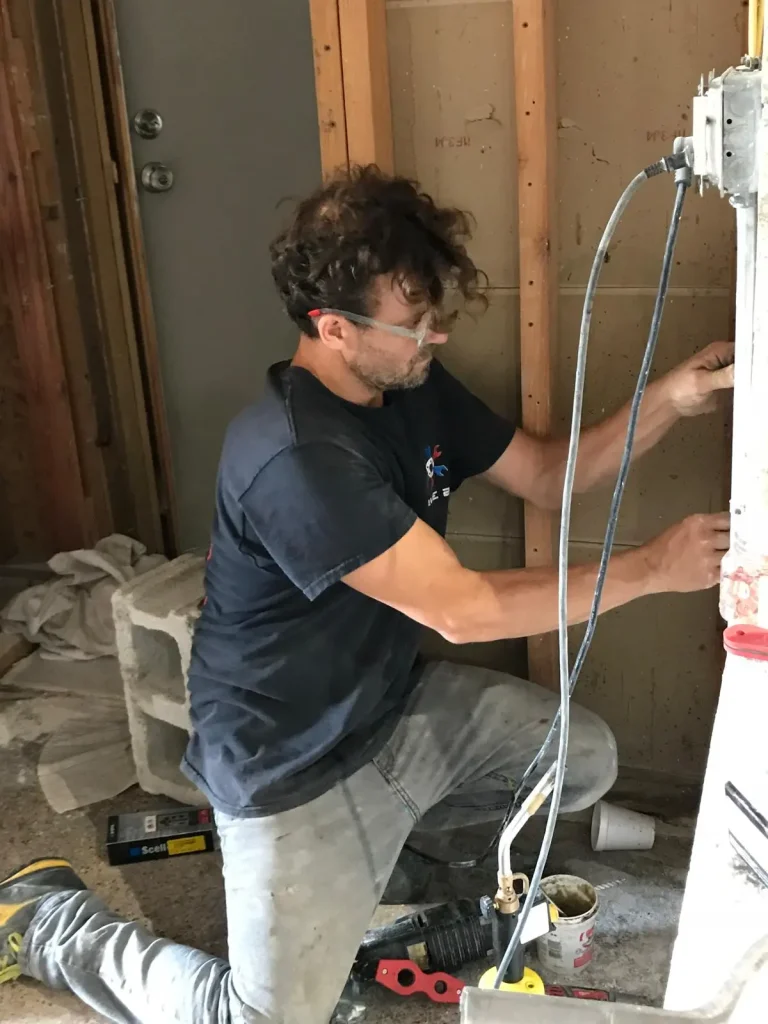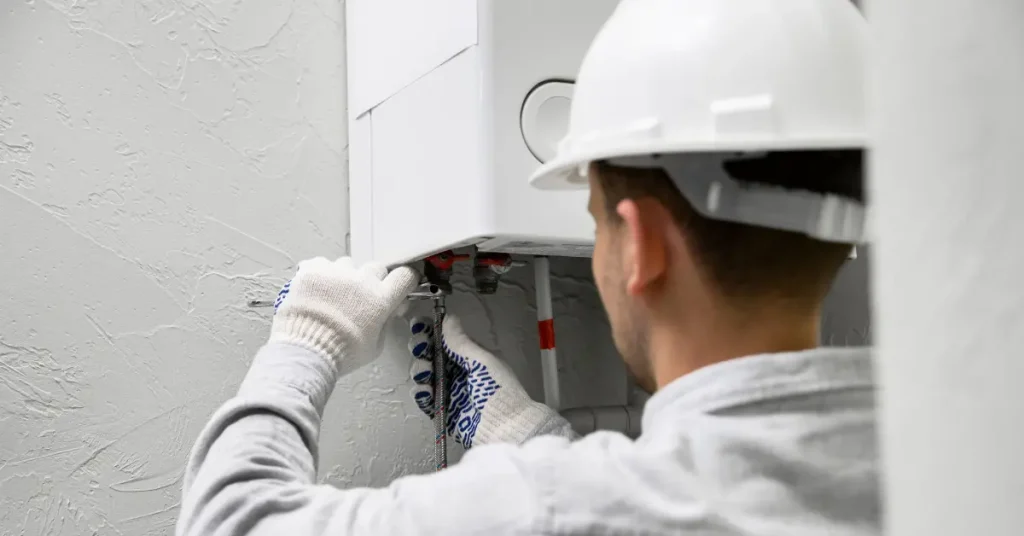Different Types of Water Heaters: Why Choose Heat Pump Models
If you’re thinking about getting a new heater, you’ve probably noticed there are lots of options out there. You can go with a traditional tank heater, a tankless model, or a heat pump water heater installation. Heat pump models are becoming super popular because they’re incredibly energy efficient. Unlike standard electric heaters that create heat, these smart units actually move heat from the surrounding air into the water. This simple difference can cut your heating costs by up to 60%!
Heat pump water heaters do cost more upfront compared to regular models. But the energy savings you’ll see month after month really add up. Plus, many utility companies offer rebates that can help offset the initial purchase price. In the long run, you’ll end up saving a bunch of money while enjoying reliable hot water.

Preparing for Heat Pump Water Heater Installation
Before jumping into any water heater installation, you need to do some prep work. First, you should measure your space. Heat pump models are typically taller than standard units and need about 1,000 cubic feet of air space around them to work properly. Make sure you’ve got enough room in your utility area or garage.
Next, check that you have the right electrical connections. Most heat pump water heater installations need a 240-volt circuit. If you’re replacing an old water heater, you might need to upgrade your electrical service. Also, don’t forget to grab a drain pan to place under your new unit. This simple step can prevent damage if a leak ever happens down the road.
Here’s a quick checklist of what you’ll need:
- Basic plumbing tools (pipe wrench, adjustable wrench, pipe cutter)
- Teflon tape for pipe connections
- Flexible supply lines
- Drain pan
- Electrical supplies (if needed)
- Pressure relief valve (if not included with unit)
Trustindex verifies that the original source of the review is Google. These guys are the best. It was extremely easy -went to the website afterhours and posted a chat message. Sam called me right away and we scheduled for two days later to replace two toilets. They gave the option of picking up the products and removing the old toilets. They got here in time, worked quietly, cleaned up spotlessly, and everything was done in 90 minutes. 10 out of 10. Highly recommend. Update: reached out via the chat tool and Sam responded pretty promptly - service was professional and timely and reasonable - can't ask for better serviceTrustindex verifies that the original source of the review is Google. Sam so profesional could resolve problem asapTrustindex verifies that the original source of the review is Google. I'm very satisfied for the work has been done here, especially a very professional job. highly recommended for detecting problems, locating pipe underground and fix issue! you can save a lot of money!Trustindex verifies that the original source of the review is Google. Thank you for your service, the tech you send Sam was wonderful, he fixed my leak under the kitchen sink really quickly and efficiently. Price was good! recommend 100%Trustindex verifies that the original source of the review is Google. Asam was amazing. He called every few hours to update me on his arrival time. He was very neat and left the area spotless. Only reason I didn't give 5 stars was whoever passed the job to Asam was a bad communicator. I was chasing him for answers.Trustindex verifies that the original source of the review is Google. Good job doneTrustindex verifies that the original source of the review is Google. Cleared the main drain from the roof. Good job.Verified by TrustindexTrustindex verified badge is the Universal Symbol of Trust. Only the greatest companies can get the verified badge who has a review score above 4.5, based on customer reviews over the past 12 months. Read more
Step-by-Step Guide to Install a Water Heater
Let’s get down to business! First, turn off the power to your old unit at the breaker box. Next, shut off the cold valve that feeds into your old water heater installation. Open a hot faucet somewhere in your home to relieve pressure in the lines.
Now drain the tank by connecting a garden hose to the drain valve at the bottom of the unit. Once empty, disconnect the lines, the temperature and pressure relief valve discharge pipe, and the electrical connections. Carefully remove the old water heater installation. Position your new heat pump water heater installation where you want it, making sure it’s level. This is important for proper operation.

Connecting Electric Water Components Safely
When dealing with the electric parts of your water heater installation, safety comes first. Make sure the power is still off at the breaker box. Connect the lines to your new unit using flexible connectors if possible – they make future maintenance much easier.
Install the temperature and pressure relief valve if it didn’t come pre-installed. Run the discharge pipe from this valve to within 6 inches of the floor. Now connect the electrical wiring according to the manufacturer’s instructions. This typically involves connecting the ground wire and the two power wires to the junction box on the heater. Once everything is properly connected and secured, you can restore power.
When to Call a Plumber for Water Heater Replacement
While DIY water heater installation can save you money, sometimes it’s best to call in a licensed plumber. If your project involves rerouting gas lines, extensive electrical work, or moving the unit to a new location, professional help is probably worth it. A plumber can also make sure everything meets local building codes.
Installation costs for professional help typically range from $300-$500, not including the unit itself. But considering that improper installation can lead to efficiency problems or even dangerous situations, the peace of mind might be worth the extra expense. Plus, many manufacturers require professional installation to maintain warranty coverage, so check your paperwork before grabbing your toolbox.
FAQs
How long does a heat pump water heater installation take?
For a straightforward replacement, plan for about 4-6 hours if you’re doing it yourself. Professional installers can often complete the job in 2-3 hours. The time can increase if you need electrical upgrades or if your space needs modifications to accommodate the new unit’s dimensions.
How much maintenance does a heater require?
Heat pump heaters need slightly more attention than traditional models. Clean the air filter every 2-3 months to maintain efficiency. Once a year, check the condensate drain line to ensure it’s clear. Also, consider flushing the tank annually to remove sediment buildup that can reduce efficiency.
Will a heater work in my cold climate?
Yes, but with some considerations. Modern heat heaters can operate efficiently down to about 40°F. In very cold areas, they might switch to standard electric heating mode more often, reducing some efficiency benefits. Installing the unit in a space that stays naturally warmer, like a furnace room, can help maximize energy savings.

